The Survival of Eastern Market
The sounds of merchants greeting regular patrons, the arrays of meat, produce and fish, the smells of fresh food and food preparation: Eastern Market has the feel of the public market of bygone years. Incorporating farmer’s, flea and craft markets, the market is one of the historic mainstays of southeast Washington, a community institution that has weathered many attempts at transformation and closure. Offering an authentic local eating experience in the midst of a modern, bustling capital city, the market is among the last of its kind, and is beloved by residents of the Capitol Hill neighborhood.
Mel Inman Jr., one of the partners of Market Poultry at Eastern Market, discussed his place of work as a spot where people come together.
Location is everything. We’re in the focal point of what’s happening. You get so many diverse people coming from all over the world, people just visiting they get a chance to see our Market. Being right this close to the attractions, downtown and museums, it is the heartbeat.[1]
Eastern Market was part of Pierre L’Enfant’s grand plan for the District: three public markets were to be constructed to ensure Washington residents access to fresh vegetables and produce, a Western, an Eastern and a Central Market. The original Eastern Market was approved by President Thomas Jefferson at Seventh and L streets SE in 1805. That market was damaged by fire when the British invaded Washington in 1814 and pillaged the nearby Navy Yard. The market continued to operate over the next several decades, though its function was disrupted by the American Civil War, and by 1871, the aging market was, according to a local journal, a “disgraceful shed.”[2]
Following the American Civil War, Washington needed to accelerate its project of urbanization or else face the prospect of a relocation by the federal government. The new Eastern market was built as part of the 1870s public works projects designed to achieve this end: no more would Washington be a slow-moving Southern city, now it would be a modern urban center and a fitting federal capital.[3]
Eastern Market was completed in 1873 and designed by German-American architect Adolph Cluss, one of Washington’s most important architects during the late nineteenth century. Cluss was known for his beautiful yet utilitarian buildings, and had previously built the larger Center Market. Cluss is perhaps best known for his design of the Arts and Industries Building of the Smithsonian Institution. Eastern Market was in the Italianate style with an open plan, natural light, easy entrance and exit, and ventilation, reflecting Cluss’ interest in aesthetically pleasing but utilitarian constructions.[4]
As the population of the Capitol Hill neighborhood grew in the late nineteenth century, pressure grew to expand the market which had become the center of life on Capitol Hill. A North Hall designed by Stanford Ashford, Office of Public Works, was constructed in 1908. Despite this extension, Eastern Market did not draw larger crowds, and instead, found itself threatened by the arrival of modern supermarkets and the city’s urge to demolish older constructions. The urbanization which the construction of the market had foretold now threatened to overtake the local institution.[4]
A chain supermarket opened across the street from the market in 1923. This new competition forced the closure in 1929 of the North Hall, which became a garage for the local fire department. DC’s other public markets were succumbing to the approach of modernity: Cluss’ Center Market was razed in 1931 to make way for the National Archives building, while Western Market was closed in 1961.[2]
Eastern Market was threatened repeatedly throughout the twentieth century, as its deteriorating condition and bureaucratic machinations birthed different plans for repurposing or closure. The market and the residents of Capitol Hill rebuffed attacks in 1928, 1943, and 1964 from health inspectors, city officials, and DC planners.[2]
Modern examples illustrate the combat between the city government and the wishes of Capitol Hill residents eager to maintain Eastern Market.
In 1964, the health commissioner of the District called Eastern Market “a menace to public health” and recommended its replacement with a “huge supermarket center with plenty of parking.”[2] Dennis Kux, from the Emergency Recreation Council for Capitol East, wrote a letter to the editor of The Washington Post expressing an opposing viewpoint. He attempted to express the meaning which the market held for those who lived nearby. “The market provides an elusive, intangible something that brightens the lives of the residents of Capitol Hill and surrounding neighborhoods…The destruction of Eastern Market and its probable replacement by a characterless supermarket would be a severe loss to our community and the city as a whole."[5]
Capitol Hill residents also rejected plans which would have changed the character of the market. A 1981 plan to transform Eastern Market into a tourist bazaar was rejected under pressure from the neighborhood. A 1985 plan for a boutique in the mezzanine of the South Hall was ultimately rejected by Mayor Marion Barry after neighborhood residents protested.[2]
Residents enjoyed the offerings of the market and valued this authentic and historic community institution. A 1970 article in The Washington Post, “A Little Bit of Yesterday’s Washington” described the market as “a remnant of old Washington” and “a community center as well as a place to shop for food.”[6] Yet as plans for the restoration of Eastern Market were being formulated and debated, its condition continued to deteriorate. Faulty wiring, inadequate restroom facilities and a multitude of other problems were solved with stopgap measures which did not address the historic building’s increasing needs.[7]
In describing the market at this time, The Washington Post turned to metaphor. “Although it survived, Eastern Market weathered and aged, taking on a Blanche DuBois beauty that worried those who looked too closely.” Longtime stall-holder Juan Jose Canales described it as “crying for help” and said that he had feared the building would collapse.[7]
In 2007, a three-alarm fire at the market in late April 2007 ravaged the 134-year-old building, causing $20 million dollars’ worth of damage and devastated those who relied upon the market. The fire was probably caused by an electrical problem, although two DC fire investigators maintained that it was an act of arson. As the fire occurred overnight, no one was injured.[8]
Following the fire, Mayor Adrian Fenty declared that Eastern Market would be rebuilt, saying that the market was "A historic landmark that has been the lifeblood of the Capitol Hill neighborhood and a great source of pride for the entire city for more than a century.”[8]
Through the generosity of residents of Capitol Hill and the District, several hundred thousand dollars were raised for the displaced merchants of the market, and temporary stalls enabled businesses to continue operations.[9] The masonry walls and the floor of the market remained sound, but the roof, windows and doors had been irreparably damaged. A stabilization and rebuilding effort quickly commenced.[10]
In the summer of 2009, the Eastern Market building reopened its doors. A 22 million dollar rebuilding project and two years of reconstruction by Robert Silman Associates and Quinn Evans Architects resulted in a building which offered both modern amenities and a faithful re-creation of the Victorian-era space.[7]
The original wall color, a deep salmon pink, was returned to the walls, after workers chipped at decades of paint to find this first wall color. Research was performed at the Library of Congress to verify that the architectural details and window frames would conform to the Victorian style. A historic central skylight in the South Hall which had been hidden for decades was reintroduced. The former vendors returned to their same stalls within the market, ready to sell once again fresh food and fresh flowers.[7]
Following the reopening of the market, a report from National Public Radio described the elation of Capitol Hill residents at the return of this neighborhood standby.[11]
Capitol Hill residents are passionate about the market. In our village within the city, it is the village square. It's where you run when you realize you forgot to plan dinner. It's where you meet friends at market lunch for a quick crab cake. And it's where, for a few minutes, you can leave behind the stresses of Washington's type-A lifestyle. Walk into the market and into a sweeter time.
In preparation for the reopening of Eastern Market, The Ruth Ann Overbeck Capitol Hill History Project conducted interviews with people associated with this historic institution. Jose Canales, one of the market’s longtime merchants, discussed the unique aspect of Eastern Market: the social interactions between regular customers and longtime vendors.[12]
The personal service. We get to know each other by names and since we know their family, their kids when they were little, we still asked them how they doing, even though they already gone to college. We follow up how they doing, so when they graduated and they bring pictures of them, and that’s very, it’s a close relation. It’s not just like I said exchanging food for money, it’s personal and very important. I would say friendship in other words.[13]
Mel Inman Jr., whose father Mel Inman Sr. has been operating the Poultry Market since the mid-1970s, also spoke about the relationships between patrons and merchants.
“The close customer relations we have with people, Dad and I both. About 85% I could call your name out when you get to the counter. A lot of times by your last name, if I’ve knowing you long enough. You could stand in line and I could jot your first and last name down for your turkey order. It’s been knowing all these people for my whole life. That’s that kind of close relationship that we have, with those folks.”[14]
The new Eastern Market is a hub of activity, and still retains its authentic local feel. Vendors interact with customers and offer samples of the items on display. On a clear day, foodies eat at the tables outside the market. Eastern Market is a place where Washington feels like a smaller, more congenial city, an experience you won’t find in the average district grocery store.
Footnotes
- ^ http://www.capitolhillhistory.org/interviews/2010/Inman%20Jr,%20Mel.pdf
- a, b, c, d, e http://www.washingtonpost.com/wp-dyn/content/article/2007/05/04/AR2007050401655.html
- ^ https://www.nps.gov/nr/travel/wash/dc85.htm
- a, b https://ggwash.org/view/63851/building-of-the-week-eastern-market
- ^ “Save Eastern Market” The Washington Post, December 10,1964.
- ^ Elinor Lee “The Eastern Market: A Little Bit of Yesterday’s Washington” The Washington Post. May 24, 1970.
- a, b, c, d http://www.washingtonpost.com/wp-dyn/content/article/2009/06/20/AR2009062001529_2.html?sid=ST2009062502853
- a, b http://www.washingtonpost.com/wp-dyn/content/article/2007/04/30/AR2007043000272.html
- ^ http://www.washingtonpost.com/wp-dyn/content/article/2007/05/10/AR2007051002289.html
- ^ https://www.quinnevans.com/work/eastern-market/
- ^ https://www.npr.org/templates/story/story.php?storyId=106521614
- ^ http://www.capitolhillhistory.org/easternmarket.htm
- ^ http://www.capitolhillhistory.org/interviews/2009/CanalesJose.pdf
- ^ http://www.capitolhillhistory.org/interviews/2010/Inman%20Jr,%20Mel.pdf


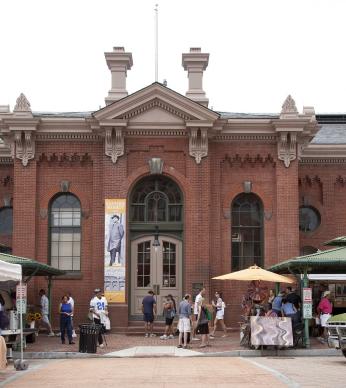
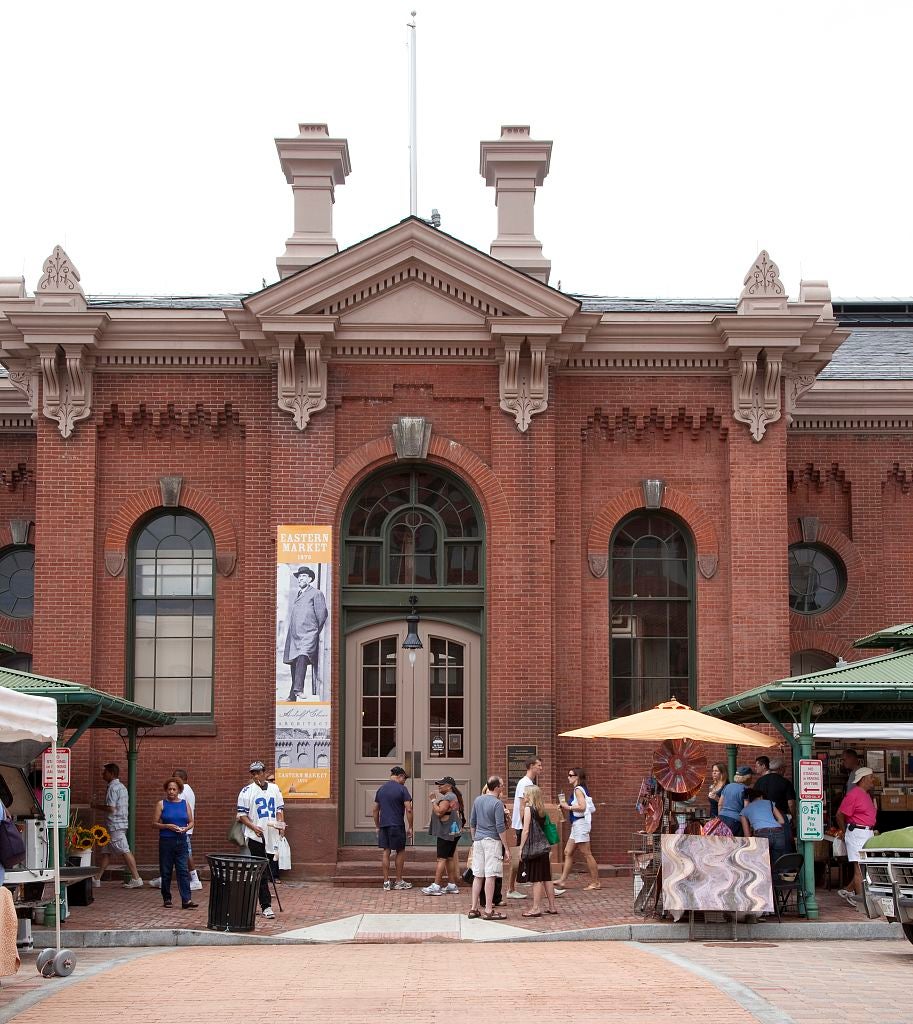
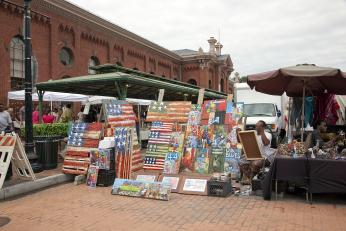
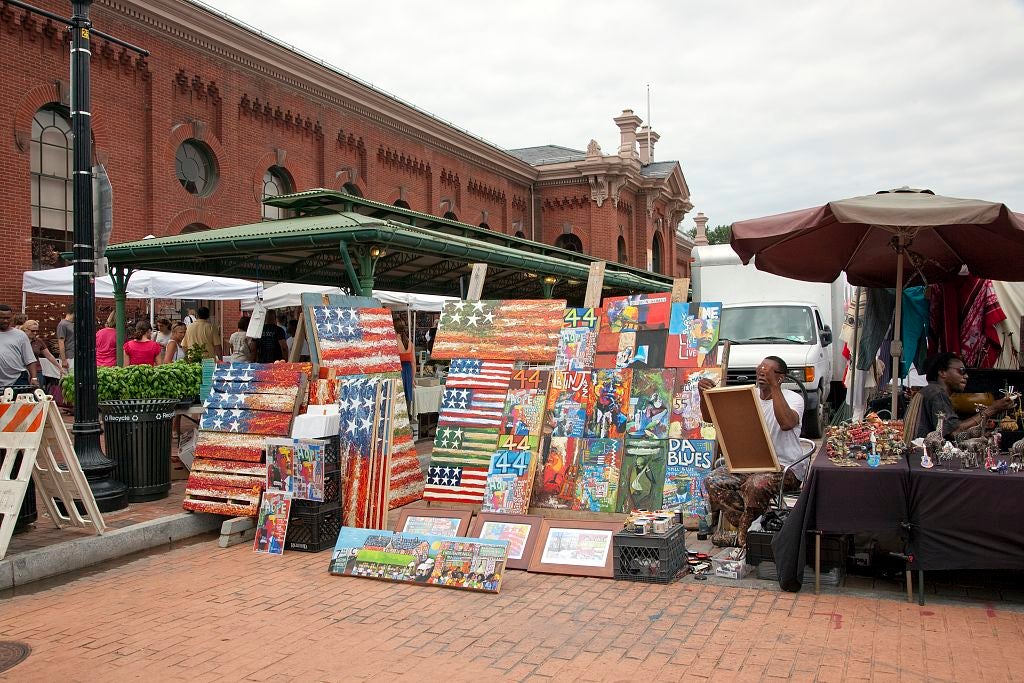
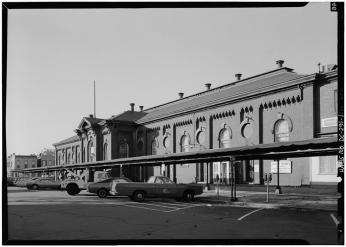
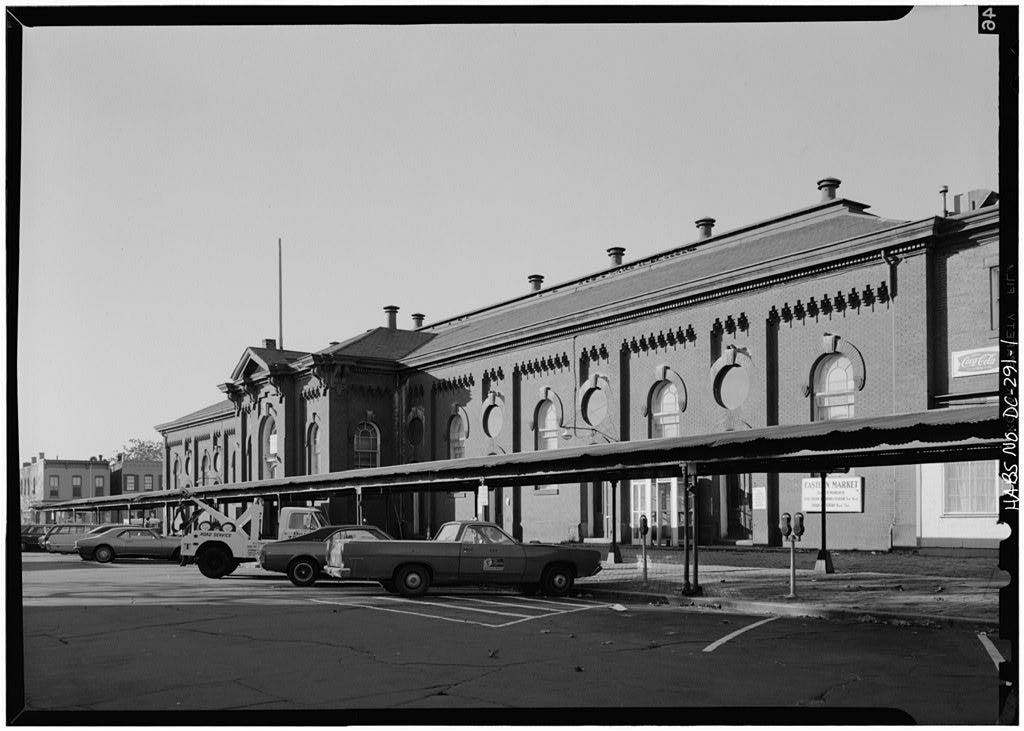
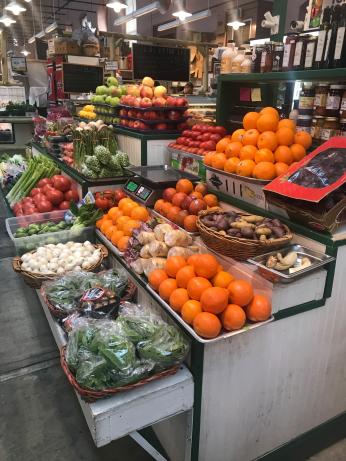
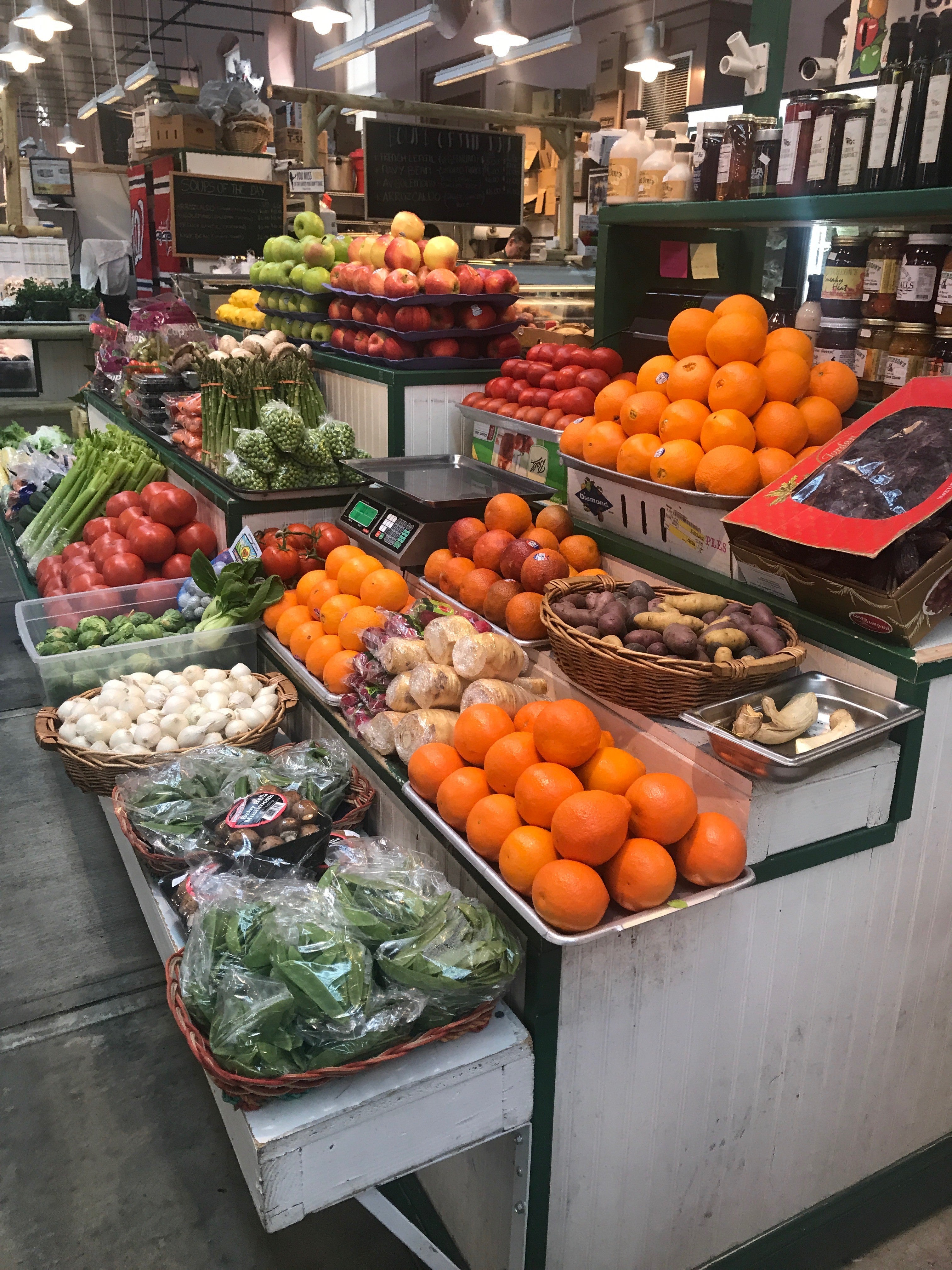
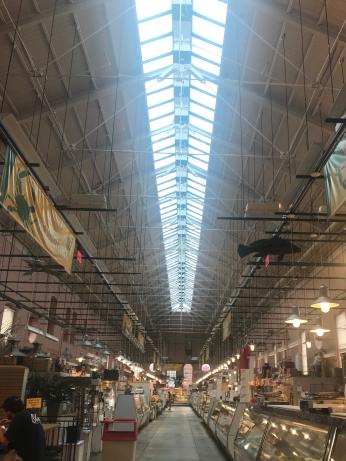
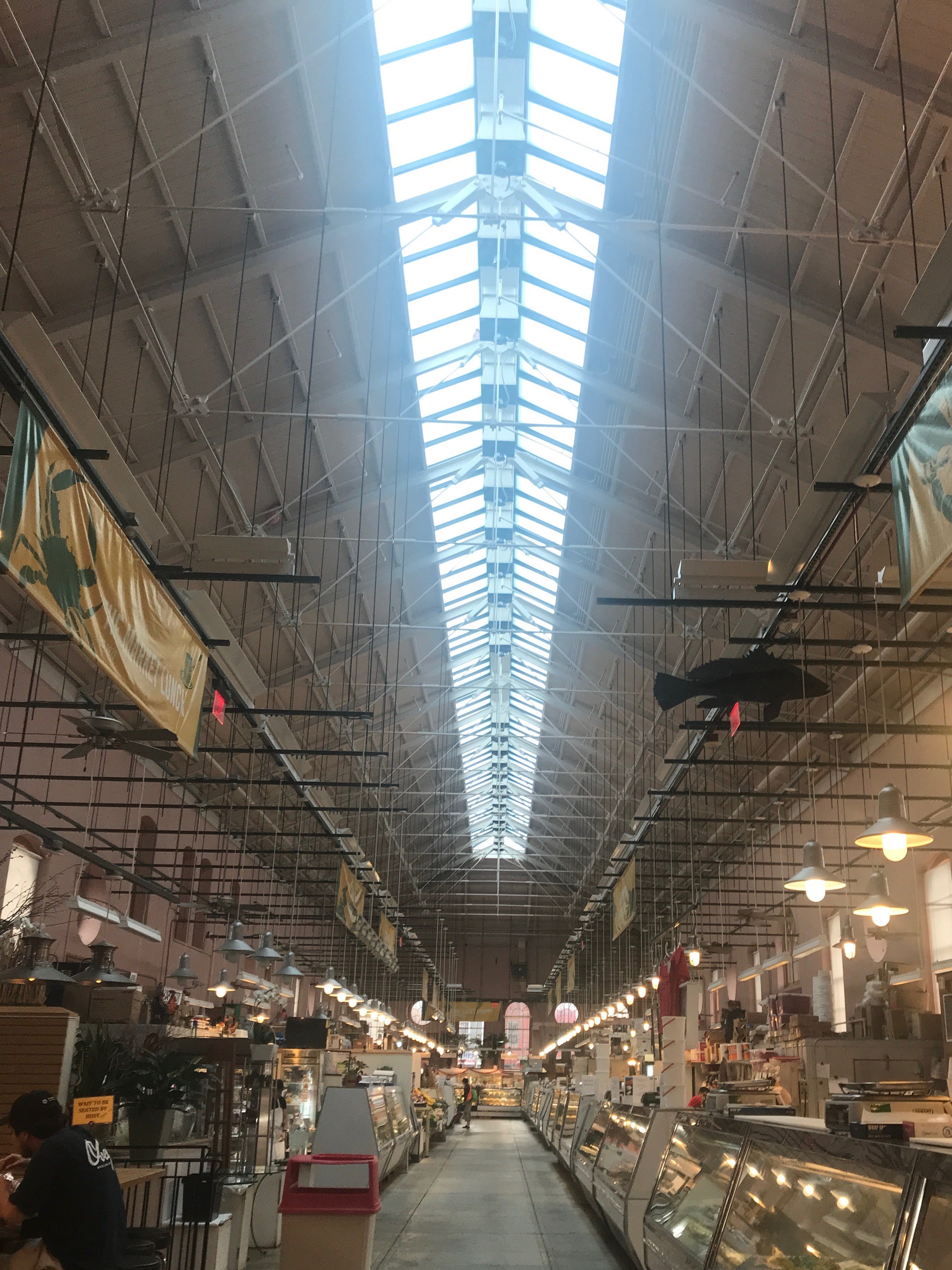
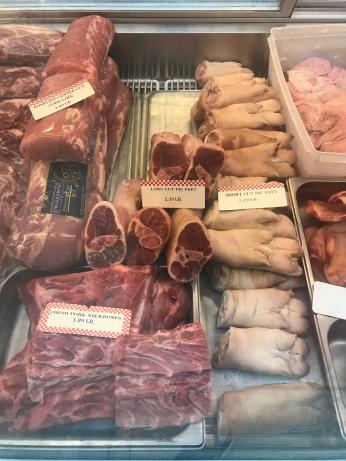
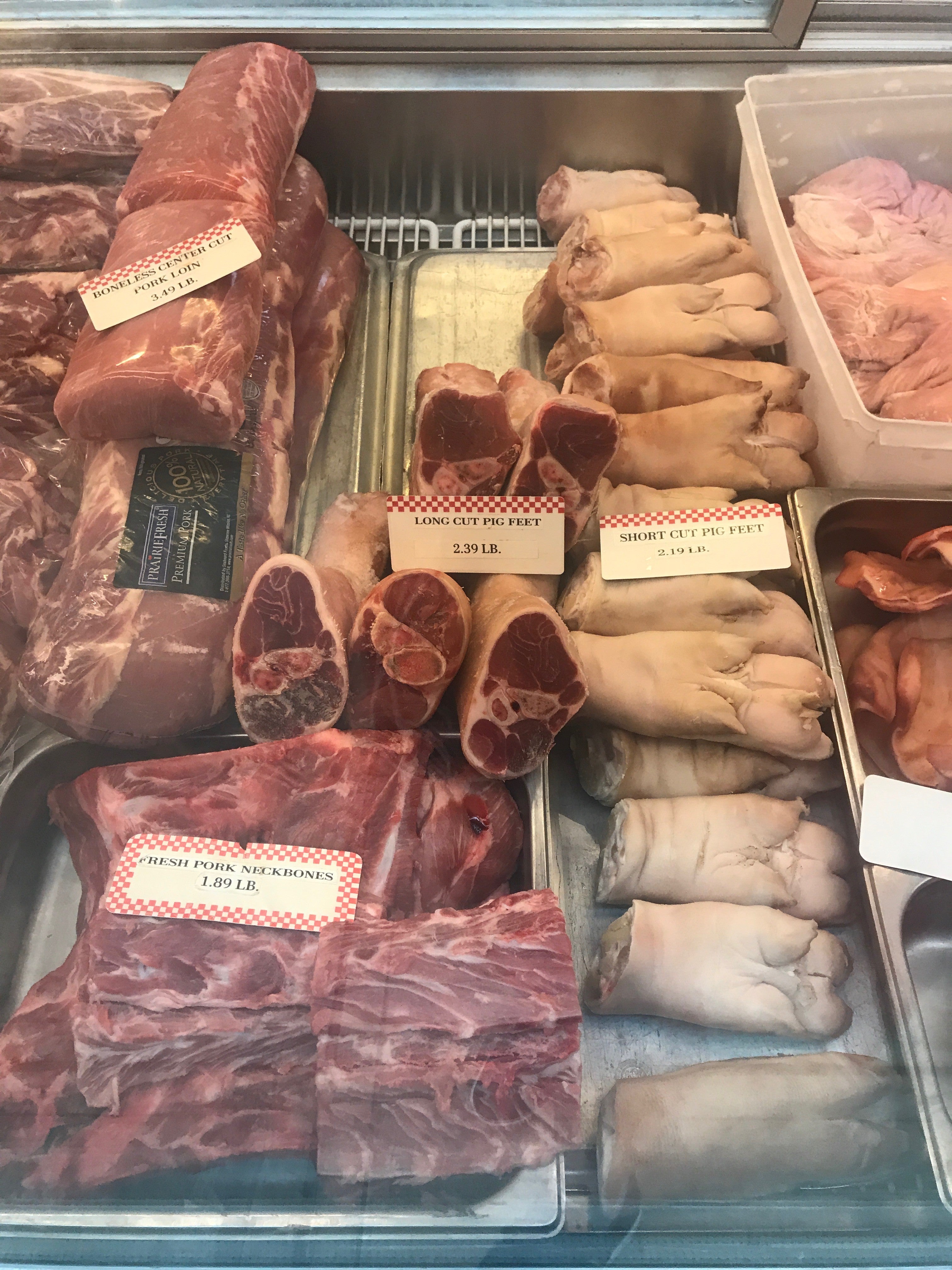
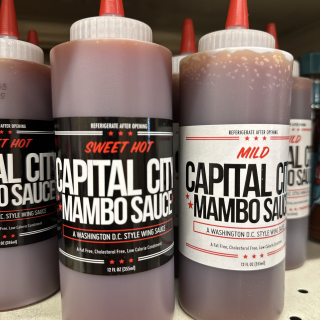
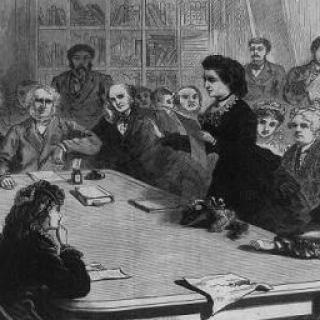
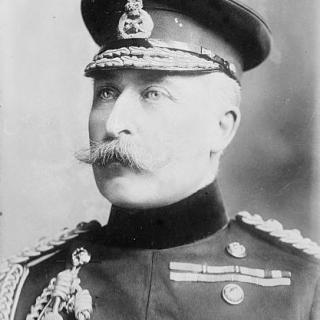
![Sketch of the mythical fuan by Pearson Scott Foresman. [Source: Wikipedia]](/sites/default/files/styles/crop_320x320/public/2023-10/Goatman_Wikipedia_Faun_2_%28PSF%29.png?h=64a074ff&itok=C9Qh-PE1)












